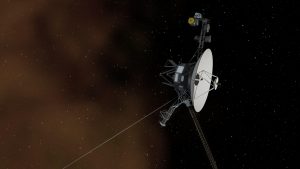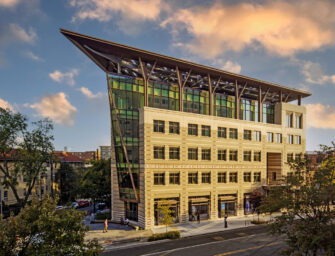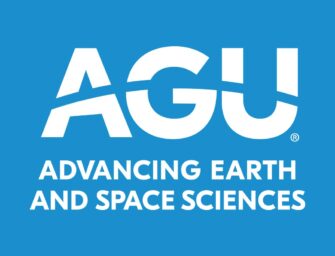Reflections on Voyager’s 40th Anniversary and the Future of Space Exploration
By Christina Cohen, Ph.D., AGU Council Member, AGU Space Physics and Aeronomy Section President-elect, and Member of the Professional Staff at the California Institute of Technology
On the 40th anniversary of the Voyager mission it is impossible not to marvel at how far a human-built machine (with less computing power than the typical smart phone) has traveled. Voyager is the quintessential explorer, going into unknown realms and dutifully transmitting its discoveries back to those of us remaining at home. By revealing worlds that were beyond imagination and returning observations that defied expectations and challenged our understanding of our surroundings, Voyager helped ignite the scientific study of the heliosphere and the planets. For some scientists, Voyager has been nearly their entire career; for others, like myself, the association has been more tangential. For the entire space physics community the scientific impact has been immeasurable and far beyond what was initially expected.
 In a society awash in nearly immediate and constant access to information and seemingly instant communication, the concept of planning and pursuing a decades-long goal like the Voyager mission is to some degree an anathema. Although many of our current space-based missions are more than ten years old, very few were initially planned as missions longer than 3-5 years. Long-term missions such as Voyager and New Horizons (which took nine years to arrive at Pluto) are the exceptions and, yet, such endeavors have the greatest potential to transform a scientific discipline.
In a society awash in nearly immediate and constant access to information and seemingly instant communication, the concept of planning and pursuing a decades-long goal like the Voyager mission is to some degree an anathema. Although many of our current space-based missions are more than ten years old, very few were initially planned as missions longer than 3-5 years. Long-term missions such as Voyager and New Horizons (which took nine years to arrive at Pluto) are the exceptions and, yet, such endeavors have the greatest potential to transform a scientific discipline.
As scientists we like to control as many factors as we can during an experiment and we try to plan for every contingency. Yet some of our most startling discoveries have resulted from taking risks. Most recently, only at the end of Cassini’s mission have we ventured to send the spacecraft to the unexplored region between Saturn and its rings, revealing unanticipated new details about the icy rings and Saturn’s magnetic field. Although risking multi-million dollar spacecraft by sending them into unknown regions or including novel instrumentation is unsettling, only by daring to take some of these risks can we make the largest leaps in both technology and discovery.
One of mankind’s greatest assets is curiosity. It drives our need to explore and our desire to understand our surroundings and ask the eternal question ‘Why?’. Every time we investigate a new scientific sphere, or even examine a previously studied one in greater detail, the unexpected is revealed. Our heliosphere is a complex system, containing complicated subsystems and we have only studied a fraction of it. Voyager’s traversal of this vast body (and its peek at the interstellar medium beyond) has spanned 40 years and fueled our curiosity to investigate various parts in more detail. Yet, there remain many unexplored regions, undoubtedly rich in new discoveries; not the least of which is what Voyager will experience next. Hopefully the next 40 years of our nation’s investment into scientific exploration will be just as exciting as the ones since Voyager launched, with a balance of more- and less-risky endeavors and the pursuit of long- and short-term returns.
For additional information, please see the EOS Editors’ Vox “Recalibrated and reanalyzed data from the Voyager flybys of Jupiter 40 years ago, presented in a series of papers in JGR: Space Physics, show the value of archival data.”



There are no comments
Add yours